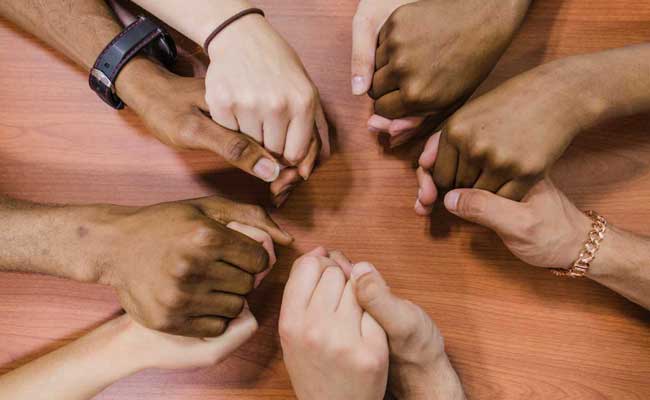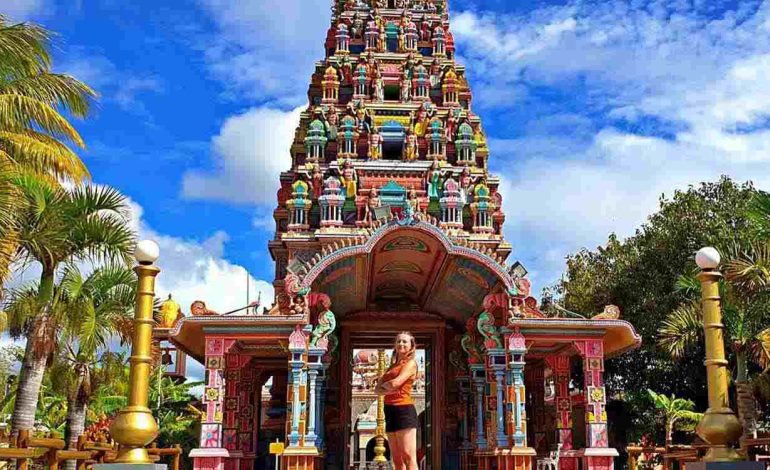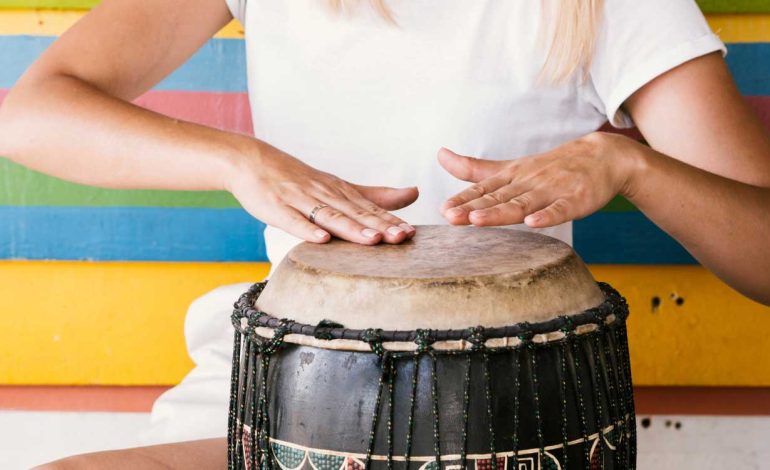Mauritius, that tiny dot in the Indian Ocean, is not just about postcard-perfect beaches and turquoise waters. Nope, this island packs a punch with its rich, diverse culture that is as colourful and spicy as its food. So, buckle up, let us dive into the vibrant world of Mauritian culture – or as the locals would say, “Vini dekouver nou pei!”

A Melting Pot of Ethnicities
First off, Mauritius is a proper melting pot. Think of it as a big, bubbling cauldron where different ethnicities, traditions, and histories have simmered together over centuries. You will find Indo-Mauritians, Creoles, Sino-Mauritians, and Franco-Mauritians all living in harmony. It is similar to a live-and-let-live philosophy on steroids. This beautiful mishmash is a result of colonisers as the Dutch, French, and British leaving their marks, while indentured labourers from India, China, and Africa spiced things up even more.
Festivals and Celebrations
The best way to witness this cultural cocktail is during festivals. Mauritius does not do anything halfway – celebrations here are big, bold, and inclusive. Take Diwali, for example. The whole island lights up with diyas (oil lamps) and fireworks. Then there is Chinese New Year with its dragon dances and feast galore. Eid al-Fitr sees communities coming together for prayers and mouth-watering dishes. And Christmas? Here, everyone joins in the celebrations, no matter what their background is.
Language and Literature
Mauritius is a linguistic paradise. Officially, English rules the roost, but French and Creole are the languages of the heart. You will also hear Bhojpuri, Hindi, Urdu, and Chinese dialects in the mix. Mauritian Creole, or “Kreol Morisien,” is the everyday lingo. It is vibrant, fun, and a testament to the island’s cultural blend. In literature, this mix is evident too. Writers like Malcolm de Chazal and Ananda Devi weave tales that resonate with the island’s multicultural vibe. Their stories are like a “dal-puri” – layers of flavour, depth, and texture.
Cuisine: A Culinary Fusion
Speaking of food, Mauritian cuisine is a melting pot of flavours. Picture this: you are walking down a bustling street and the air is thick with the smell of spices. There is biryani bubbling in giant pots, Chinese stir-fries sizzling in woks, and Creole curries simmering away. Street vendors shout out “Dhall puri chaud!” offering piping hot flatbreads filled with spiced lentils. Grab a “gato pima” (chili cake) – it’s a local favourite, and trust me, it packs a punch. Mauritian food is a sensory overload, and each bite is a celebration of the island’s heritage.
Traditional Arts and Crafts
When it comes to arts and crafts, Mauritius does not disappoint. You will find intricately crafted model ships, a nod to the island’s seafaring past. The local markets are a riot of colour with hand-woven textiles, beaded jewellery, and vibrant paintings that scream island life. And then there is Sega – not the game, but the dance. This rhythmic dance, with roots in African slave traditions, is all about joy and freedom. Picture this: the sun setting over the ocean, a bonfire crackling, and locals dancing barefoot in the sand to the beat of the ravanne. It is pure magic.
Preserving Cultural Heritage
Mauritius takes its cultural heritage seriously. Places such as Aapravasi Ghat, a UNESCO World Heritage site, honour the arrival of indentured labourers. Museums dotting the island tell stories of its rich history. And there are festivals, educational programs, and community projects dedicated to keeping traditions alive.
So, there you have it. Mauritius is not just a pretty face; it is a cultural powerhouse. From festivals that light up the island to the mouth-watering fusion of cuisines, and the rhythmic beats of Sega, Mauritius is a place where every day is a celebration of life. Come discover this rich tapestry for yourself. You will not be disappointed.


